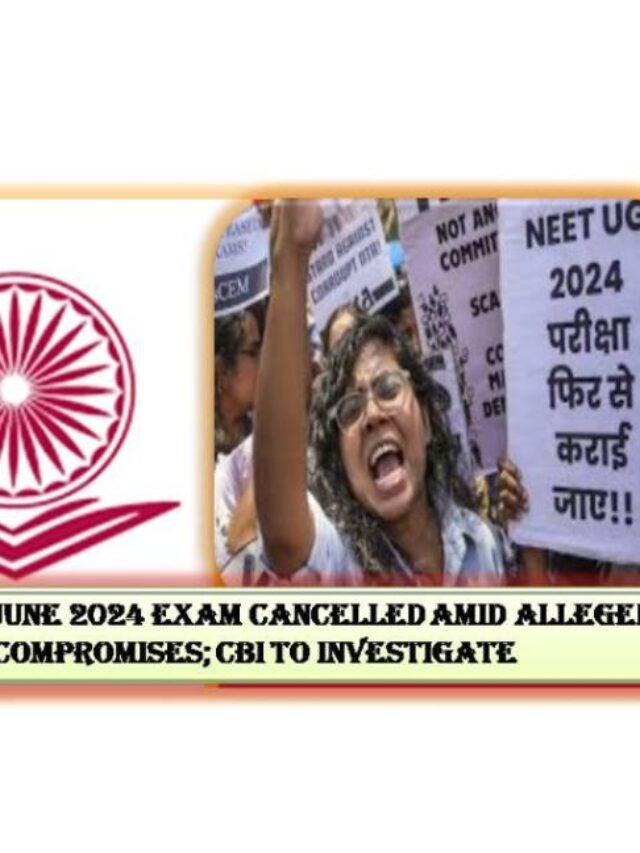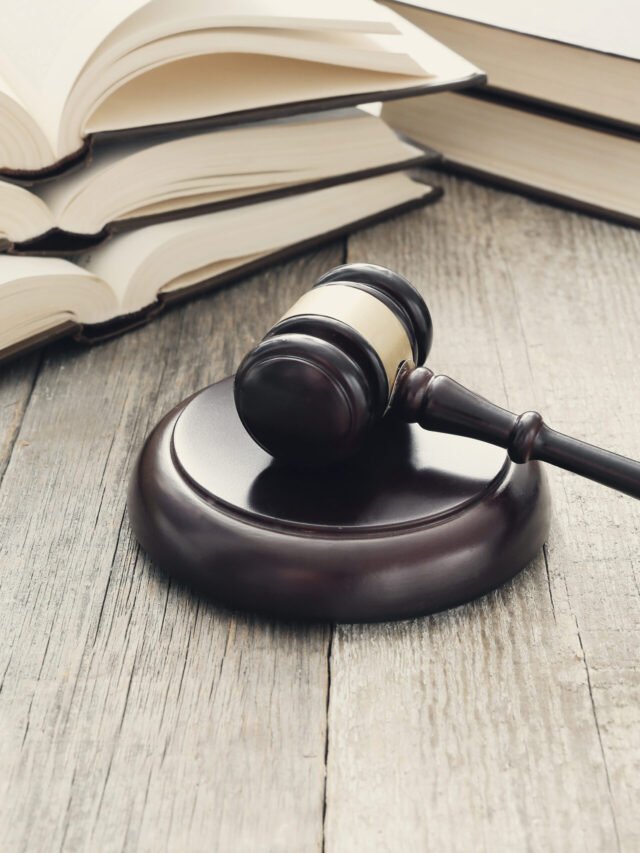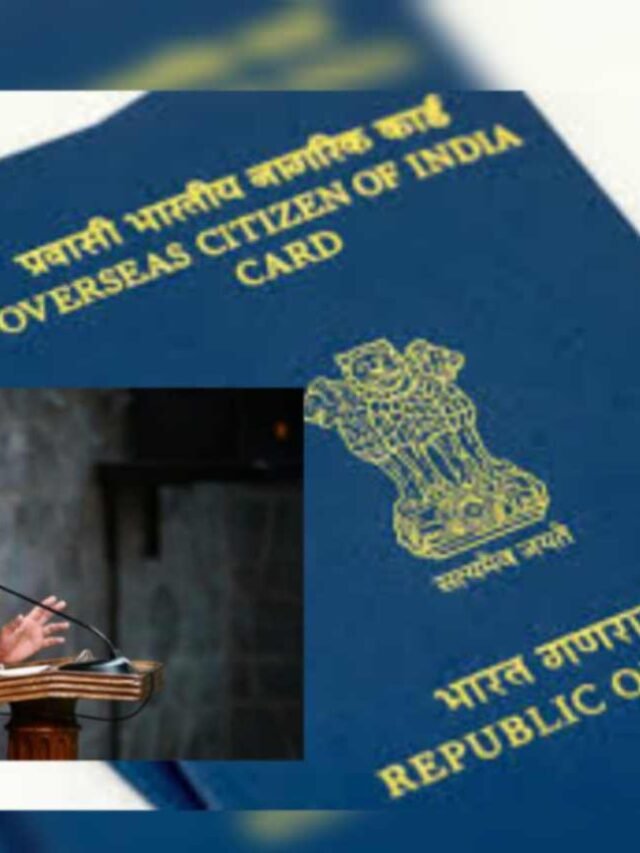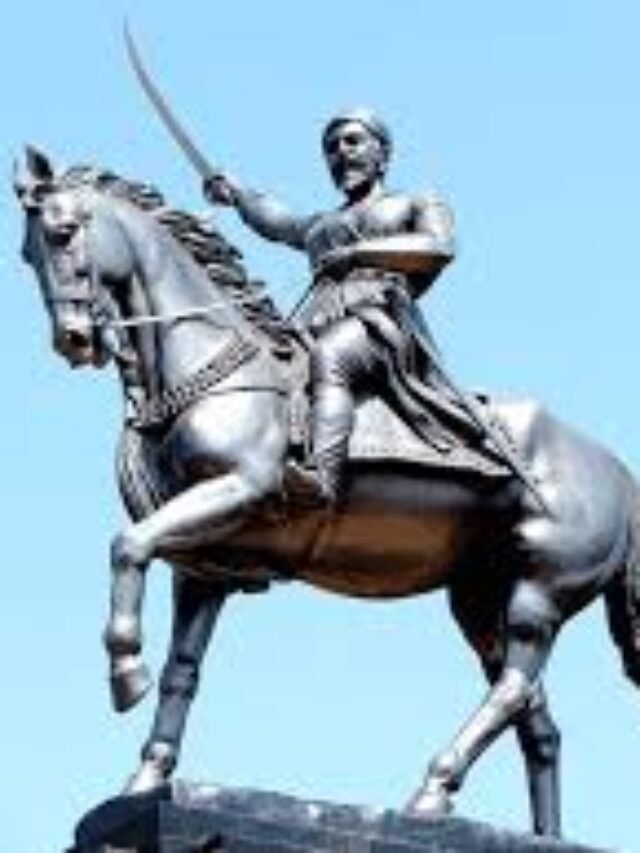Introduction of the Oral evidence: – Evidence is a collection of facts that either proves or disproves a, as matter are all aware, and it is of utmost importance in any court process. In a legal proceeding, the evidence follows a precise cycle. It was further subdivided into two main categories by the Evidence Act of 1872, namely oral & documentary evidence.
Now that we know, oral evidence refers to all of the witness testimonies that the court permits pertaining to factual issues, and documentary evidence refers to any papers, including electronic records, that are used as evidence in the courts.
In a court of law, the person who bears the burden of proof must show evidence to support their case and back up their assertions. This will allow the defendants’ charges to be proved.
Oral evidence Meaning
The term is defined in the statute as “all the factual statements that the courts allow or require to be made before the witnesses in relation to the subject at hand; such statements can thus be referred to as Oral Evidence.”
Evidence can be represented in various ways in a legal proceeding. Sec. 59 & 60 of Ch- IV of I.E.A, 1872 defined the concept of oral evidence.
However, the terms “Oral” and “Verbal” have various meanings. In the matter of Queen-Empress v. Abdullah, the distinction between the two terms was explained. Although the word “verbal” refers to words, speaking those words is not necessary. As a result, if the word “oral” appears in the section, it indicates that the sentence should be spoken by mouth. Since verbal is a more broad term than oral, they cannot be related.
SECTION 59 OF IEA, 1872
Section 59 of the Indian Evidence Act stipulates that, with the exception of electronic recordings, all facts can be proven using oral evidence. This provision, therefore, establishes that any facts that can be shown by oral testimony, excluding any types of content encased in a document, are admissible. As a result, this is the evidence that is presented orally in a court of law.
The evidentiary value of any type of oral testimony is much less satisfactory than documentary evidence. However, any of the procedures must be overlooked in order for justice to be served.
Oral Evidence should likewise be addressed with utmost caution. Since the courts are meant to separate the wheat from the chaff, there must be a proper distinguishing of truth from false as well as a proper sorting out of what is relevant and what is irrelevant.
Additionally, they were not admissible in court when referring to electronic records. Since the Information Technology Act of 2000’s section relating to documents was revised, electronic records are now admissible in court after the section 2(t) amendment.
SECTION 60 IEA, 1872
Section 60: Oral Evidence must be direct:
The provision puts out very explicitly that the oral evidence must be straightforward. The following are the section’s main components:
- Visible facts, which must be supported by a witness’s testimony that they were actually seen.
- Facts that can be used as evidence must also be heard by the witness.
- In addition, the witness must hear or observe the evidence, and the facts should be perceived by any other sense or means.
- An opinion must also be predicated on the grounds on which it may be held, and it must be accompanied by witness testimony.
As a result, it might be said that hearsay evidence is a witness’s testimony that is based on information obtained from other sources rather than the witness’ own knowledge.
Hearsay is based on the presumption that it is not evidence. It falls under the category of circumstantial evidence.
Distinction between Direct & hearsay Evidence
- Direct evidence is evidence obtained by the witness based on their personal observations. On the other side, the hearsay evidence was gathered from other people.
- The evidence that must prove the facts is known as direct evidence. On the other hand, hearsay evidence is that which is only admissible in exceptional circumstances.
- The individual providing the evidence bears the burden of proof. When using hearsay as evidence, the individual fully acknowledges responsibility.
- The person providing direct evidence is subject to cross-examination. This would not be possible otherwise.
- When a witness provides direct evidence, the source is known. The source of hearsay evidence in the instance of a person is unknown.
As a result, the concept of oral testimony under the I.E.A. is expanding, and the provisions are thoroughly explained in the article.
Conclusion
Previously, oral evidence was regarded as weaker evidence under the Indian Evidence Act, but its use and importance have grown in recent years. With the expanded use of oral evidence, a verdict beyond a reasonable doubt may be justified if proven.
In my opinion, situations and facts can be properly understood orally because they are described by the person who administered the incident. Because he or she can describe the facts more clearly and properly, which is far superior to documentary evidence.

























